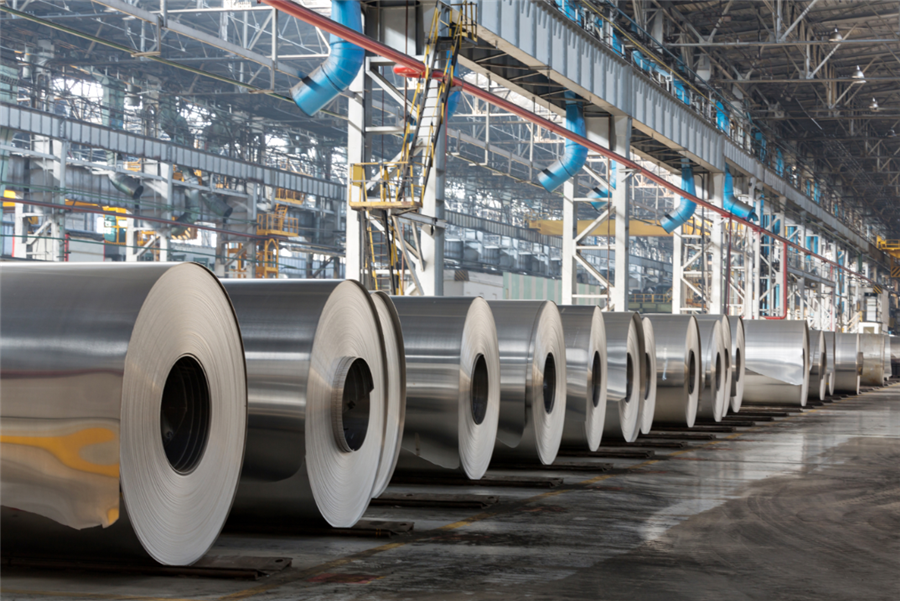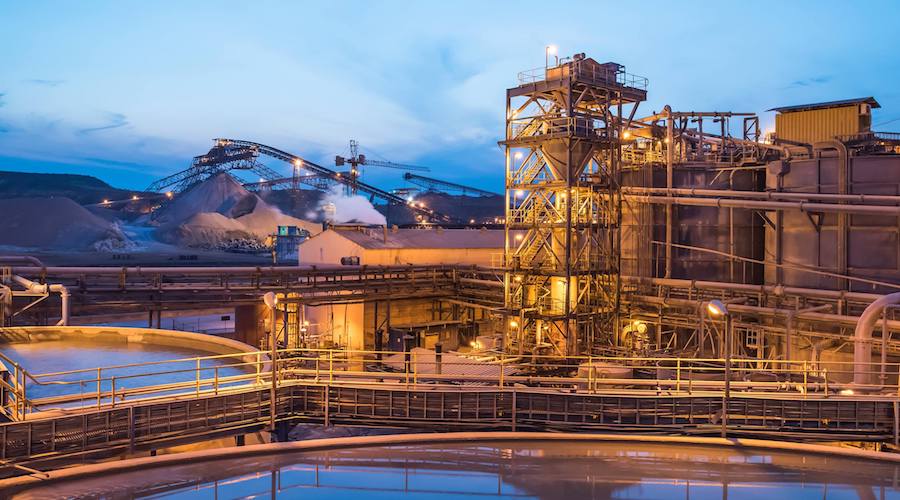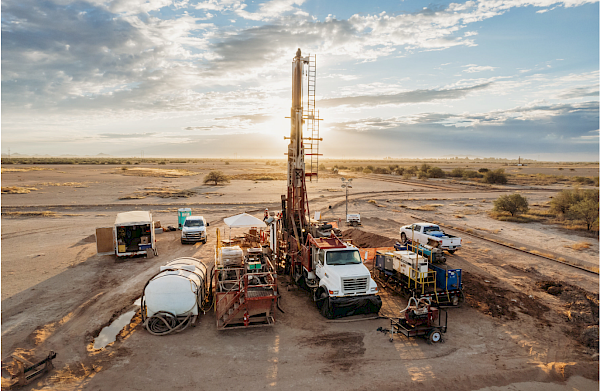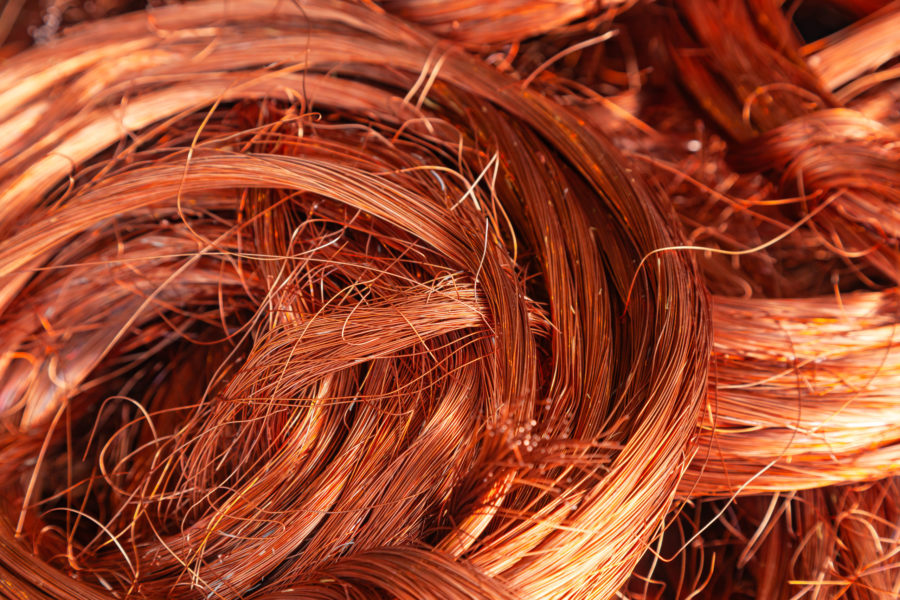Global aluminium output flatlines as outages offset ramp-ups

Global aluminium production flatlined in the first quarter of this year, according to the International Aluminium Institute (IAI).
A couple of long-running outages together with curtailments in Europe caused production outside China to dip 1.4% to 6.37 million tonnes in the first three months of 2019.
Chinese production, a complex moving picture of price-induced curtailments, pollution controls and capacity swaps, edged 1.6% higher to 8.93 million tonnes.
The net result was that global production rose by a marginal 0.3% year-on-year as China remained the world’s dominant player with a 57% share of world production.
Outages and curtailments
Continued smelter outages and fresh capacity curtailments are keeping a lid on Western production even as new and old smelters ramp up.
Production in Latin America, for example, slumped 22% to 253,000 tonnes in the first quarter of this year.
That’s down to the continued partial closure of the Brazilian Albras smelter, which has been running at 50% capacity since April 2018.
Norway’s Hydro reduced capacity to align output with feed availability from the Alunorte alumina refinery, which was ordered to cut production by half after an alleged tailings spill.
Western European production slid almost 4% to 877,000 tonnes in the first quarter of this year
The 225,000-tonnes-per-year smelter hit has had an oversized impact on regional production because so few Brazilian smelters have survived years of collective blood-letting.
Hydro and the Brazilian authorities appear to be inching towards an agreement on a full reopening of Alunorte, which should in turn feed through to higher operating rates at Albras.
Less certain is whether the Aviles and La Coruna smelters in Spain will return to production.
Alcoa, which has targeted both plants for closure for some time, finally reached agreement with unions in January and curtailed the last operating potlines in February, removing 128,000 tonnes of annual capacity from the European market.
Western European production slid almost 4% to 877,000 tonnes in the first quarter of this year.
As part of the deal with Spanish authorities, Alcoa has committed to keeping the two smelters in “restart condition” in the event a buyer emerges. But only until the end of June, with the clock now ticking.
Alcoa’s Becancour smelter in Canada has been running at minimal capacity since a union lock-out in January 2018.
Production slumped from 438,000 tonnes in 2017 to 136,000 tonnes in 2018, minority owner Rio Tinto says.
Alcoa curtailed another 69,000 tonnes of capacity at the end of last year, reducing operations at Becancour to half a potline.
A peace settlement still appears a long way off after the United Steelworkers accused Alcoa of rejecting its latest offer on a negotiated settlement.
U.S. and Russian ramp-ups
The continued loss of production at Becancour is acting as a brake on North American production growth even as U.S. smelters ramp up.
Regional production rose by 2.3% to 947,000 tonnes in the first three months of this year.
Alcoa completed at the end of 2018 the restart of three production lines with combined capacity of around 160,000 tonnes at its Warrick smelter in Indiana.
Century Aluminum has restarted idled capacity at its Hawesville smelter in Kentucky and is eyeing the potential to do the same at its Mt Holly plant in South Carolina, while the New Madrid smelter returned to partial life last year under new owner Magnitude 7 Metals.
In Russia, meanwhile, Rusal announced last month the commissioning of the first phase of the new Boguchansk smelter in Siberia.
The smelter will produce 268,000 tonnes per year but the impact will be mitigated by the fact the plant has been running in what Rusal has called “test mode” for the last couple of years. Output was 147,000 tonnes in 2018.
Rusal has also returned to its long-stalled Taishet smelter project as part of a tie-up with Braidy Industries, which is constructing a new rolling mill in Kentucky.
Taishet’s start date is pencilled in for late next year, when it will feed the 800,000-tonnes-per-year U.S. automotive products plant.
China’s enigma machine
China’s aluminium production landscape remains a confused kaleidoscope of curtailments, ramp-ups and new-for-old capacity.
Even the numbers are confusing.
The IAI’s estimates of national production continue to run higher than the official numbers to the tune of 355,000 tonnes in the first quarter, although both data sets point to the same historically low growth rate.
The biggest single constraint on the world’s largest producer over recent months has been price, with Jackie Wang, an analyst at CRU in Beijing, estimating close to 2.7 million tonnes of annual capacity has been closed since a slump in aluminium prices began in the second quarter of 2018.
Overlaying the price impact is Beijing’s war on pollution, which has moved beyond limiting emissions in the smog-intense winter heating season to become a rolling all-seasons campaign.
New capacity is being strictly controlled, which doesn’t prevent a producer such as Hongqiao being able to replace “illegal” closed capacity with new, officially sanctioned smelters.
Nor does it mean “illegal” capacity isn’t still being built, as evidenced by the current crackdown in Shandong.
The province was supposed to have capped aluminium capacity at 4 million tonnes but may have allowed up to three times that amount to operate, according to the Ministry of Ecology and Environment.
Expressed in annualised terms, national production actually fell by almost 800,000 tonnes in the first three months of 2019
A full-scale “rectification” programme has been initiated, with eight inspection teams now targeting “illegal” operations.
The configuration of these moving parts translated into marginal output growth of just 1.6% in the first quarter of this year relative to Q1 2018. Expressed in annualised terms, national production actually fell by almost 800,000 tonnes in the first three months of 2019.
There is no doubt that there is plenty of potential for higher production in China, particularly as local prices recover from their 2018 trough.
Whether production rebounds in line with price, however, is anyone’s guess right now.
(By Andy Home; Editing by Dale Hudson)
More News
{{ commodity.name }}
{{ post.title }}
{{ post.date }}




Comments